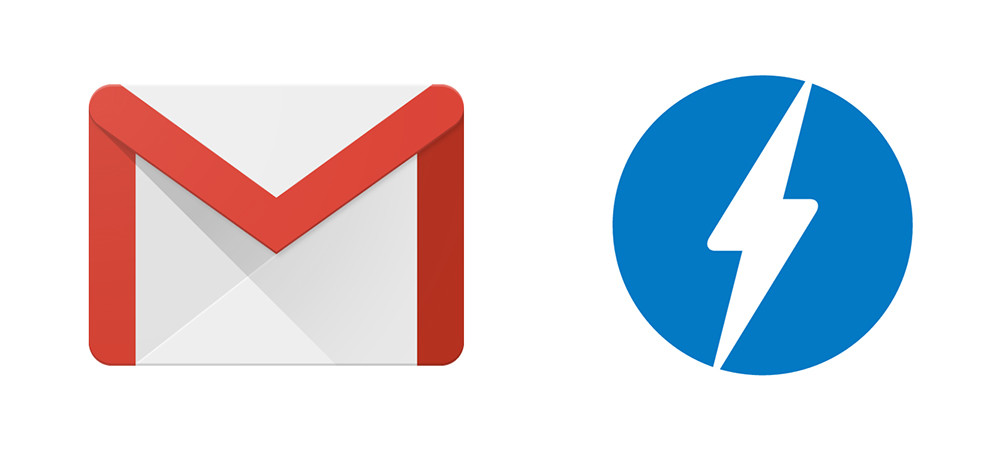AMP for email: What is it, and why is its adoption in email marketing so slow?

What is AMP for Email?
AMP for Email is a language originally introduced by Google in an attempt to optimise the speed of mobile web pages. It was first introduced by Google in 2019. Today AMP also serves, in email, not only to increase loading speed, but to create interactive emails that behave like a normal web page. AMP for email was adopted by Yahoo! in 2020. Microsoft experimented with a preliminary version of the format for developers, but aborted the programme in autumn 2020.
We can say that AMP emails look and behave like a web page in the email itself.
AMP for email allows email marketers to include interactive elements such as carousels, accordions, or shopping buttons in emails without the need to open a new tab and visit a web page. We can say that AMP emails look and behave like a web page in the email itself. Because AMP emails are dynamic, the content of the message (lists of articles, reports, prices and webinar dates for example) can change within the same email, ensuring that users receive highly personalised and up-to-date content.
The main elements that AMP for email allows are:
1 – AMP Form
This is a block that allows a form to be included in the email. Recipients can take surveys, send comments and change their preferences directly in the email.
2 – List of MPAs
The AMP list function allows recipients to see email updates in real time. This allows, for example, the email to always be up to date showing which products are in stock.
3 – Accordion AMP
Allows content to be hidden and expanded. The email has a finite amount of space on the screen. We can use the accordion to store other information that will be displayed, such as FAQs, product information or other content.
4 – Selector
The AMP selector adds the ability to select multiple options on a form. Thus, you can create product selectors or multiple responses in a survey.
5 – AMP image carousel
The image carousel in AMP for email is a simple way to display multiple images. There are several ways to navigate through the images, including left and right arrow buttons and smaller versions of the images.
6 – AMP sidebar
The AMP sidebar allows quick access to temporary elements such as navigation, menus, buttons, etc. The sidebar can be opened and closed with a single click, while the main content of the email remains in the background.
AMP for email gives us the opportunity to reduce the friction between the email call to action and the final action by eliminating the intermediate step of having to leave the email environment and access the web environment.
As we can see, this is a profound shift in how we approach the email channel from a marketing perspective: AMP for email gives us the opportunity to reduce the friction between the email call to action and the final action by eliminating the intermediate step of having to leave the email environment and access the web environment. Some even claim that AMP emails will come to replace static email content and that the email channel will rival social media and search engine marketing.
Users are used to using email in a very specific way. Introducing functionalities that are not specific to the channel can be misinterpreted and cause confusion.
Despite the potential of AMP for email, the truth is that its adoption is very slow. Why is this?
1 - First of all, AMP for email is only compatible with Gmail, Yahoo Mail, Mail.ru and FairEmail. While these providers mean around 60% or more of a B2C email marketing list, if we want to reach the whole list, we will have to create the non-AMP version of the email as well.
2 - On the other hand, Email Service Providers (mailing management platform providers) provide little support, and with a few exceptions, the vast majority do not support this technology. The most recent data collected by the Email Sender & Provider Coalition show that, of the top 32 Email Service Providers, only 28 % support it, while the remaining 72 % do not yet do so. In terms of brands that make heavy use of the email channel to communicate with their users, less than 5 % regularly send an AMP version of their emails.
3 - Finally, AMP for email can cause user confusion. Users are used to using email in a very specific way. Introducing functionalities that are not specific to the channel may be misinterpreted by the user, and they will most likely act as usual, "clicking and visiting the website", so all the effort to create interactive functionalities will have been in vain.
The potential for AMP for email to become a standard and be massively adopted by brands exists, but there are also reasons to doubt that this will eventually happen. We will see what happens in the next few years.
